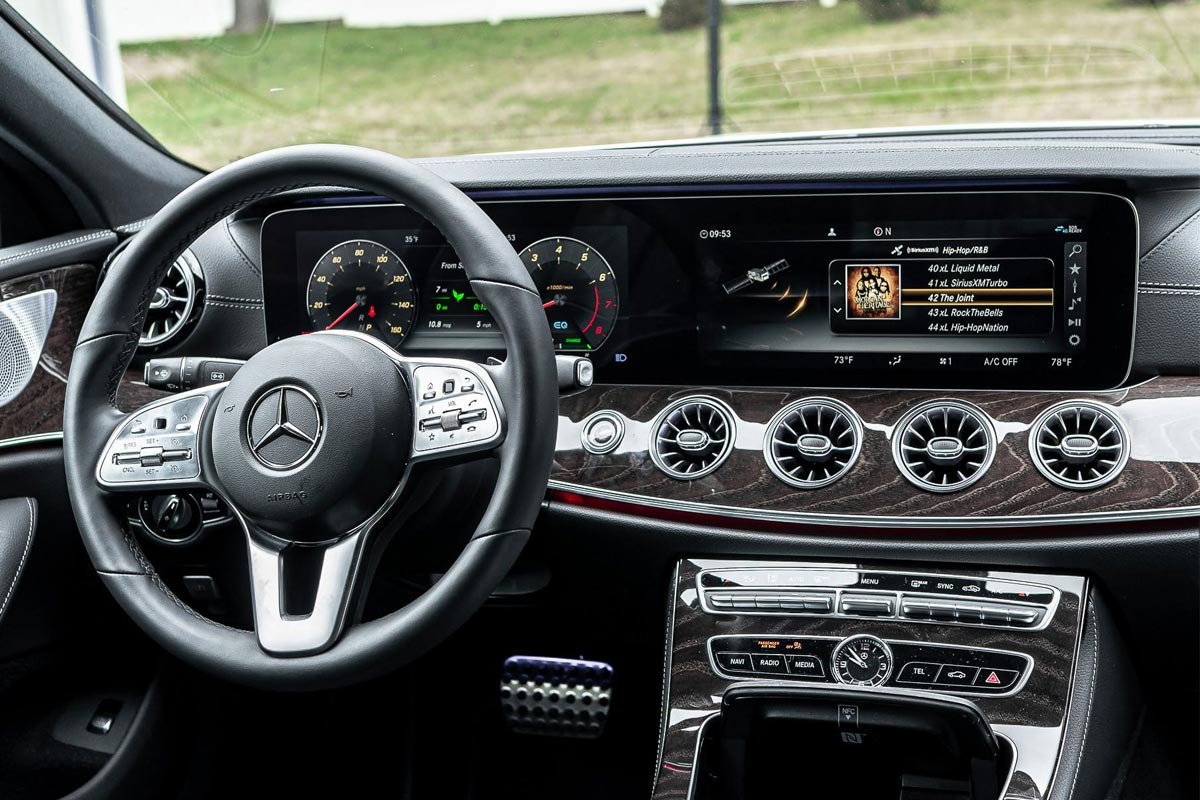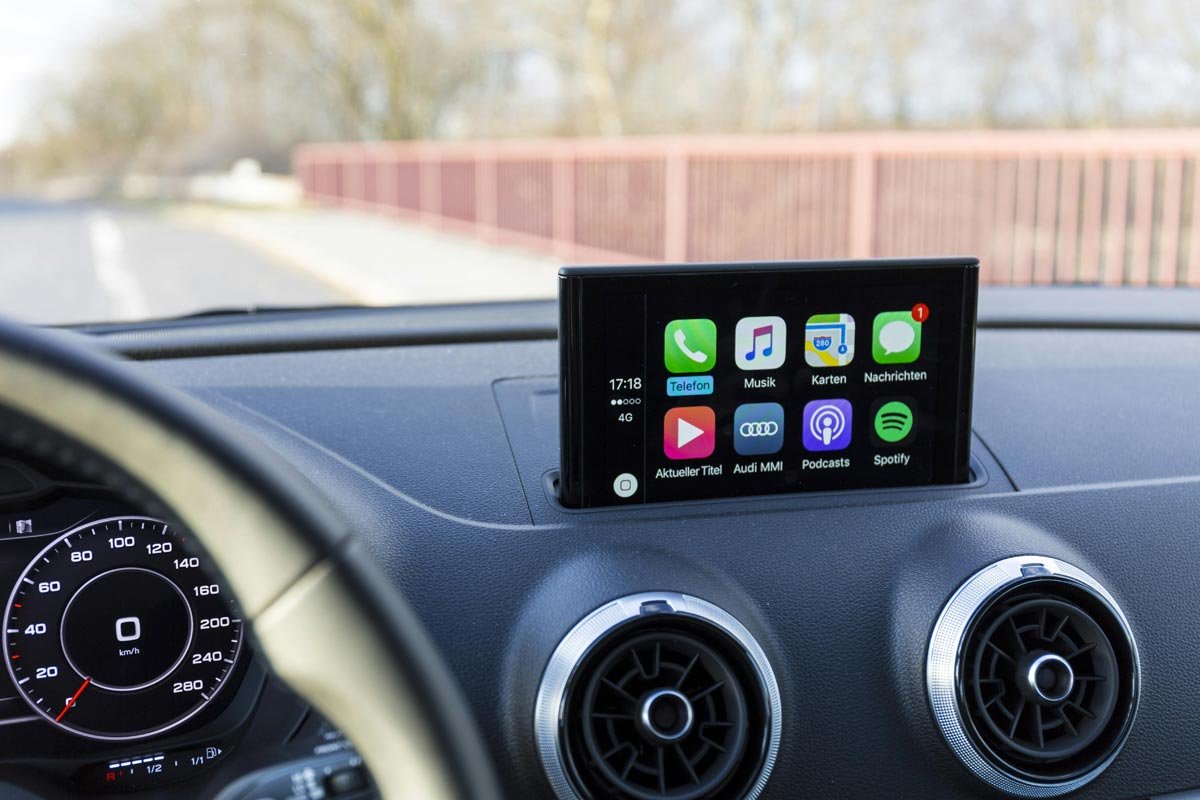From personal cars to commercial fleets, modern vehicles don’t look the same as they used to. New models are equipped with tech that enhances the driving experience. Car tech is advancing rapidly. From head-up displays (HUD) to assistive tech, additions like this are changing the way cars affect your daily life. Learn how this enhancement is shaping the future of car ownership today.
Benefits and Hurdles of Having Tech in Vehicles
Vehicles have been incorporating some sort of technology since their inception. Car tech is only becoming more advanced as time goes on. For example, the first car to have the tech to run on electricity was developed in 1888. Now, some cars can drive themselves. Intelligent displays can be projected on the inside of windshields.
While innovative and exciting, this increased integration of tech in cars presents risks to driver safety. HUDs are, after all, right in your line of sight when driving. More tech to fiddle with in the car can also equal greater distractions. However, it can be argued that the implementation of safety features, like driver assistance, mitigates those risks.
Not to mention, there are already inherent risks that drivers take when driving a lower-tech vehicle. Checking and pressing buttons on the infotainment system, grooming in the mirror, eating a sandwich, reaching for items, texting, and talking to passengers can all serve as distractions. Tech in modern vehicles can use voice-activated controls for texting and other actions. Read on to learn about how tech enhances the driving experience rather than hinders it.
In-Vehicle Internet Access
As of 2021, several auto manufacturers have installed the chips necessary for in-vehicle Wi-Fi. Connected car plans can be purchased if you own or drive a vehicle equipped with this capability. While you can use your cell phone to access the internet through 5G or a hotspot in the car, Wi-Fi gives you a separate internet connection that is stronger and more reliable.
This allows the use of precise GPS navigation with real-time traffic updates. Passengers can also connect their devices to in-car Wi-Fi. This allows them to play games, stream videos, listen to music, and text, and browse the web. Longer car trips are officially more enjoyable. People can bring a tablet or laptop to work or read e-books. Without internet connectivity, you can still connect mobile devices and apps to modern cars. This allows you to use your phone’s internet to keep tabs on traffic and navigation. You can even get updates on vehicle maintenance and performance.
However, more advanced tech can sometimes necessitate in-car Wi-Fi. Augmented reality (AR) is a type of tech that allows information to overlap a real-world environment. AR has been used in mobile apps and games but has made a significant foray into the automotive industry in recent years. When integrated with internet access in vehicles, AR can significantly transform the driving experience. HUDs that project information directly onto the vehicle’s windshield can then access real-time data from the internet, such as navigation instructions, traffic updates, and points of interest.
This way, drivers can receive dynamic and contextually relevant information without diverting their attention from the road. This integration not only enhances safety but also provides a more intuitive and seamless driving experience. As internet connectivity in vehicles becomes more widespread, the potential for AR applications to deliver real-time and personalized information is poised to revolutionize how you engage with your surroundings while on the road.
Safety Features
Car safety has evolved significantly. While there are still standard seatbelts, the time has brought about some additional upgrades. In the 70s, anti-lock braking systems (ABS) and airbags were introduced. Tire pressure monitoring (TPM) came about in the 80s. These features have become more common over time and are often mandatory in personal vehicles.
Safety tech in modern vehicles includes those applications plus more advanced systems, such as:
- Advanced driver-assistance systems (ADAS);
- Adaptive cruise control;
- Automatic emergency braking;
- Blind spot alerts;
- Forward collision warning and assistance;
- Hands-free driving;
- Lane-keep assist;
- Reverse brake assist;
- Safe exit assist.
With interconnected sensors and cameras, complex algorithms make tech like ADAS possible. Cars can now automatically detect closeby threats. They can even autocorrect before accidents happen.
Additions for Accessibility
Advanced vehicle tech can also do wonders for accessibility. True inclusivity in transportation includes enhancing accessibility for people with disabilities or mobility issues. Features such as automatic ramps, wheelchair lifts, and adapted seating systems are becoming increasingly common, allowing individuals with diverse mobility challenges to enter, exit, and travel comfortably within vehicles.
Moreover, cutting-edge technologies like voice-command systems and touch-sensitive controls enable users to operate various functions without relying on traditional manual controls. These innovations empower drivers and passengers with disabilities and foster their independence. As the automotive industry continues prioritizing inclusivity and accessibility, the convergence of modern vehicle technology and assistive devices is paving the way for a more equitable and accommodating transportation industry.
Self-Driving Capabilities
Perhaps the most controversial yet helpful tech innovation for vehicles is the advent of self-driving. One of the most notable benefits is the increased accessibility for people with disabilities beyond the aforementioned tech. Autonomous vehicles can provide newfound independence to people who may face challenges in traditional driving scenarios.
Beyond accessible transportation needs, self-driving technology also holds the potential to revolutionize delivery services. Delivery fleets can be optimized through intelligent analysis of the best routes. This can reduce delivery times, increase road safety, and boost customer satisfaction. Everyday drivers stand to benefit as well. Autonomous features contribute to improved safety, reduced traffic congestion, and a more relaxed driving experience.
Hybrid and Electric Vehicles
While electric vehicle (EV) capabilities have been around for a while, modern inventions are catalyzing a larger adoption of this alternative fuel. The transition to all-electric vehicles requires an intense integration of cutting-edge technologies, such as battery technology. Batteries and charging infrastructure play a pivotal role in making EVs viable alternatives to traditional, gas vehicles. Advanced power electronics and electric drivetrains ensure efficient energy conversion and utilization.
Additionally, incorporating smart technologies, such as regenerative braking systems and energy management software, optimizes energy usage and extends the overall lifespan of those batteries. As the automotive industry continues to invest in research and development, the amalgamation of these modern technologies is instrumental in making all vehicles electric, driving the transition toward a sustainable and environmentally friendly transportation ecosystem — all while this tech enhances the driving experience.



